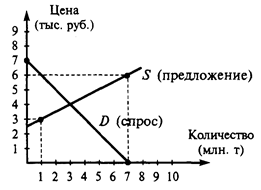Steel Production in SheffieldToday, Sheffield is one of the main sources of the world’s best steel, the mainspring for the mightiest industries of mankind. Yet, as a steelmaking centre, Sheffield built its reputation only about a century and a half ago. The location of the industry in the lower valley of the Don owed something at that time to the older established edge tool crafts, based originally on imported steel into an area with fuel and water power available, but the main advantage of South Yorkshire was the abundant supply of coal and access to Baltic transport. The name of the city has become synonymous with quality, craftsmanship and traditional skills. Skills that have become secrets handed down from father to son, that have created the city’s proud boast that the words ‘Sheffield, England’ on any product are a certain guarantee of quality. The modern steel industry on which the city’s fame partly rests, only really began with the invention of the crucible process by Benjamin Huntsman, who settled in Handsworth about 1740. His steel was of unequalled uniformity of quality and its use revolutionised the making of tools. By 1835 Sheffield was already established as the centre of tool-steel manufacture in Britain. Bessemer’s invention of his converter steelmaking, first practised in Sheffield and bringing the era of bulk steels, put Sheffield further ahead. Sheffield chose, however, to develop on the lines of the manufacture of alloy and special steels for special purposes and with distinct characteristics. There are numerous types of steel made but they can mainly be divided into a few wide groups: low and medium carbon steels: high carbon and high quality alloy tool steels; special alloy constructional and die steels; stainless and heat-resisting steels, low steels from which permanent magnets for the electrical industries are made (including alloys which are not true steels but made principally in Sheffield by the same process). Sheffield, the initiator, is in fact the place where the chief discoveries respecting steel and its wonderful powers and possibilities have been made by means of trial and error. Here in 1859 Robert Forester Mushet, made possible the production of a mild all-purpose steel in large quantities. A further process was also introduced, the Siemens-Martin process. In his open-hearth process heat was saved and intensified by using for the blast hot air from the furnace instead of cold. This enabled manufacturers to use ore with a smaller percentage of carbon and a higher percentage of impurities such as phosphorus, as the blast cleared away the harmful elements more thoroughly. Both of these improvements enormously cheapened the production of the average steels in ordinary use. The industrial legacies provided by these early steelfounders created a sound basis for development. The Siemens open hearth furnace, the converter process invented by Alexandre Tropenas, the electric arc furnace, the high-frequency induction furnace have taken their places in due course. Low-frequency induction melting has since been introduced into the city and high-frequency induction heating is helping heat-treatment and other processes in the manufacture of Sheffield’s steels and steel products.
|




